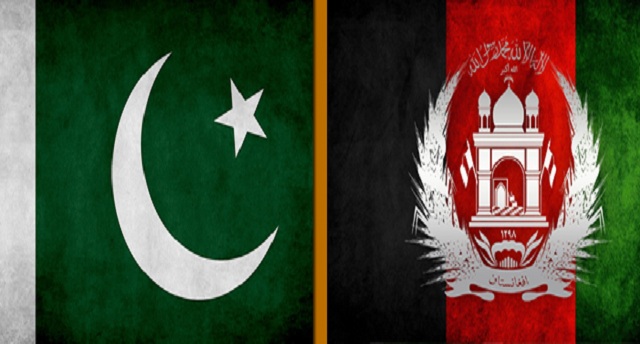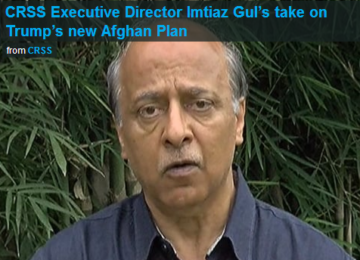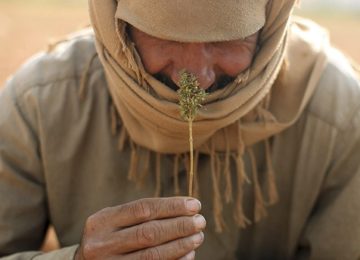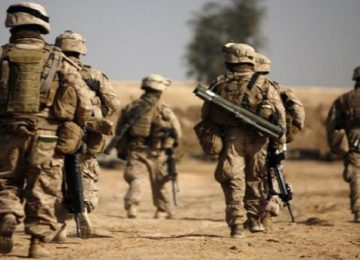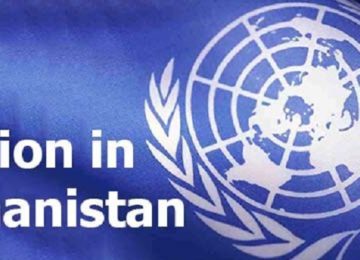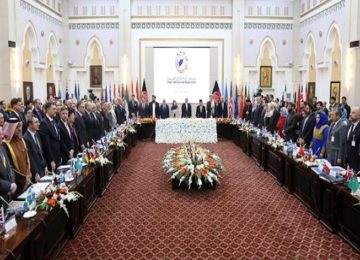May 30, 2019
When speaking of Pak-Afghan relations, many often ignore the fact that the history of Pakistan and Afghanistan did not start in 1979 when Pakistan armed the Mujahideen to counter the Russian invasion in Afghanistan but dates back to the years before that too. Pakistan and Afghanistan have a history from 1947, since the former’s inception, until 1979 as well. In fact, the long proxy war of 26 years perpetrated by Afghanistan in Pakistan promoting Pashtunistan (1947-73) is one that many do not know about. Intentionally not acknowledging the pre-1979 history of Pakistan and Afghanistan may be intellectual dishonesty on our part. For the sake of awareness, following is a timeline of actions taken by the Kabul regime from 1947 to 1979:
- September 1947: Afghanistan became the ONLY country to vote against Pakistan’s membership of United Nations. Keep in mind how fragile the gov of Pakistan was at that moment while considering this extremely hostile beginning by Afghanistan.
- September 1947: Pashtunistan flag was raised alongside Afghan national flag in Kabul. Afg started arming and funding proxies in the border areas (Afridi Sarishtas & Ipi Faqir) for the ‘Liberation of Pashtunistan’. This led to skirmishes between Pak forces and Afghan proxies.
- June 1949: While pursuing miscreants who attacked Pakistani border posts from Afghanistan, a PAF warplane inadvertently bombed the Afghan village of Moghulgai on the Waziristan border.
- July 1949: A Loya Jirga held by Afghan govt at Kabul unilaterally denounced all treaties related to Pak-Afghan international border and announced full support for Pashtunistan. 31st August was declared as ‘Pashtunistan Day’ which was regularly commemorated by Afghan Govt every year.
- 1948-1949: Afghan-supported proxies announced the formation of ‘Pashtunistan’ in Tirah (Khyber) and Razmak (Waziristan), with Ipi Faqir as President.
- 1950: Afghan airforce planes dropped leaflets in support of Pashtunistan, inside Pakistan’s tribal areas.
- Sep-Oct 1950: Afghan army with artillery support attacked Dobandi area of Balochistan and occupied a strategic pass with the aim to cut off Chaman-Quetta Railway link. Pakistan army send reinforcements to the area and retook the pass after a week’s fighting.
- 1950-51: Three Afghan-led Lashkars attacked Pakistani areas across Durand Line in Khyber Agency.
- Afghanistan declared the miscreants as ‘Freedom Fighters’ and used its official Radio and Press for non-stop Pashtunistan propaganda.
- Pakistan responded by using ‘go slow’ approach on Afghanistan’s trade transit routes.
- 16 October 1951: Pakistani PM Liaquat Ali Khan was shot dead in Rawalpindi by an Afghan national Said Akbar Babrak. Afghanistan’s govt disowned his act.
- Afghanistan’s material+propaganda support for Pashtunistan miscreants continued unabated throughout the 1950s.
- 30 March 1955: Pakistan’s diplomatic missions in Kabul, Qandahar, Jalalabad were attacked at the behest of Afghan govt and Pashtunistan flag was hoisted on the chancery of Pakistan Embassy in Kabul.
- September 1959: Afghan King Zahir Shah and PM Sardar Daud reaffirmed their support for Pashtunistan.
- September 1960: Afghan army troops and militias attacked Bajaur. The attack was repulsed by Bajauri tribesmen with help of SSG forces from Cherat. An account of the battle is shown in the declassified US Embassy document in the reply secion of my comment.
- March 1961: Afghanistan supplied arms and ammunition to proxies led by Pacha Gul in Bajaur’s Batmalai area for an uprising. The ammunition dump was destroyed by PAF aerial bombing.
- May 1961: Thousands of Afghan troops disguised as militias attacked Bajaur, Jandul and Khyber. The attacks were repulsed by tribesmen with support of Frontier Corps and aerial bombing by PAF warplanes. President Ayub warned the Afghan side against unprovoked escalations.
- 6 September 1961: Diplomatic relations between Pakistan and Afghanistan were cut off after Pakistan decided to restrict Afghan transit trade due to its continuous support for Pashtunistan proxies.
- The relations were resumed two years later, in 1963, when Sardar Doud (the main engine behind Pashtunistan) resigned as PM.
- September 1964: Afghan Loya Jirga again reiterated support for Pashtunistan (though much mildly than in past).
- 1964-1972: Relative calm in relations due to Afghanistan’s domestic power struggle issues and democracy experiments. The Pashtunistan issue went on backburner and Pak-Afghan relations normalized to such extent that Afghanistan remained neutral in 1965 and 1971 Indo-Pak wars.
- 1972-73: Afghanistan restarted support for Pashtunistan; intensified Radio Kabul propaganda and sheltered NAP activists led by Ajmal Khattak.
- July 1973: Sardar Doud led a bloodless military coup to overthrow King Zahir Shah and declared himself President. One of the reasons he quoted for the coup was Zahir Shah’s supposedly soft approach on Pashtunistan.
- Afghan official gazette published the Pashtunistan flag and also ran inflammatory reports about terrorist activities of Pashtunistan miscreants. Radio Kabul’s propaganda reached a peak.
- 1973: In response to renewed Pashtunistan focus by Afghanistan, Pakistani PM Z.A.Bhutto authorized a tit-for-tat response to Afghanistan. IGFC Naseerullah Babar was tasked to train dissident Afghans for proxy purposes inside Afghanistan.
- This was Pakistan’s first act to use proxies against Afghanistan, after 26 year long proxy war perpetrated by Afghanistan in the name of Pashtunistan (1947-73).
- Feb 1974: Afghan animosity to Pakistan was so great that Afghan President Doud didn’t
- participate in the ‘OIC Leaders Summit’ held in Lahore.
- Abdul Rahman Pazhwak, the Afghan delegate at the summit, tried to raise Pashtunistan issue on this Unity forum too but got snubbed as no Muslim country’s leader paid any heed.
- 1973-78: Soon after Doud assumed power, Afghan govt started supporting the Baloch insurgents fighting against Pakistan. Afghanistan sheltered thousands of Marri tribesmen and gave them training+weapons for militant activities inside Pakistan.
- 1973-78: Afghan govt under Doud continued to support the Pashtunistan proxies. NAP’s militant wing ‘Pakhtun Zalmay’ was funded / trained / armed by Kabul for terrorist attacks in Pakistan.
- These facts have been confirmed by Jumma Khan Sufi, a close aide of Ajmal Khattak, in his memoirs ‘Faraib e Na Tamam’. Sufi remained in exile for 20 years in Afghanistan and was involved in the Afghan proxy activities in Pakistan.
- 1973-onwards: Not only was Afghanistan supporting NAP terrorism in Pakistan itself, it also became a hub for Indian interference into Pakistan via Pashtunistan and Balochistan proxies.
- NAP leaders were paid monthly stipends and other funds by Indian govt as admitted by Jumma Khan Sufi in his memoirs.
- February 1975: Hayat Khan Sherpao, Senior PPP minister and ex-Governor NWFP, was killed in a bomb blast. The assassination was carried out by NAP militant wing operating out of Afghanistan (as confirmed by Jumma Khan Sufi some three decades later).
- April 1978: Afghan President Doud and his whole family were massacred in the Soviet-sponsored ‘Saur Revolution’. The new pro-Communist regime announced all-out support for Pashtunistan.
- December 1979: Soviet secret service KGB assassinated Afghanistan’s President Hafizullah Amin and nearly 100,000 Soviet forces entered Afghanistan. Babrak Karmal was installed as President by Soviets who pledged to free the ‘holy land of Pashtunistan’ (from Pakistan).



